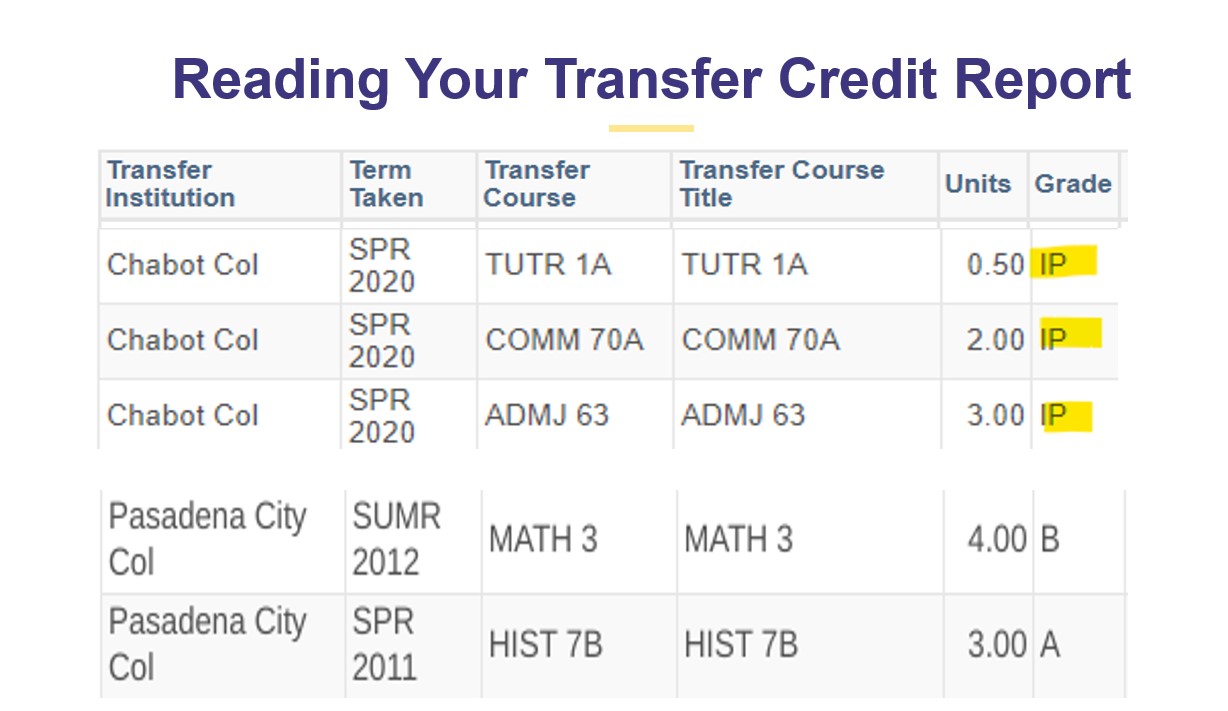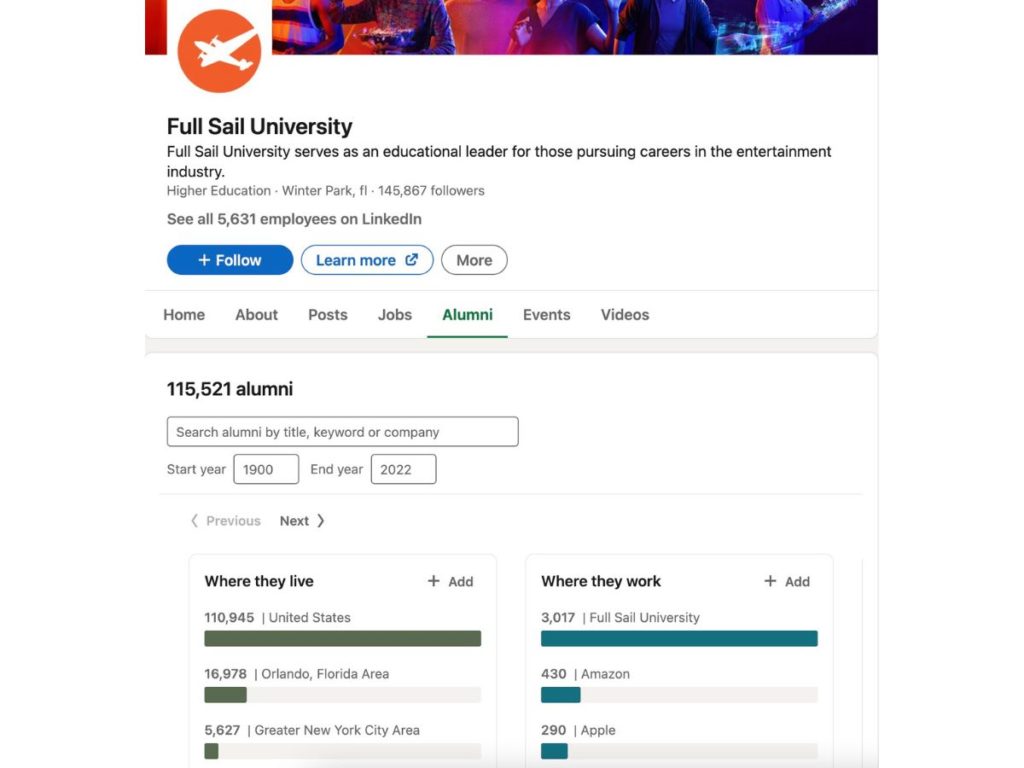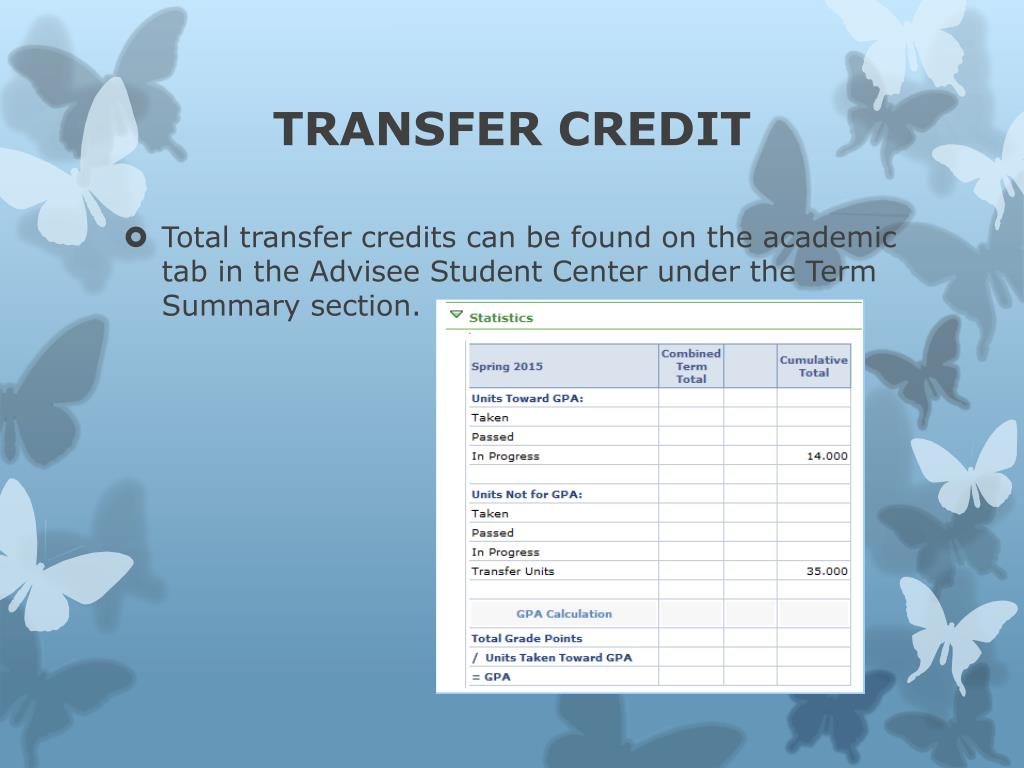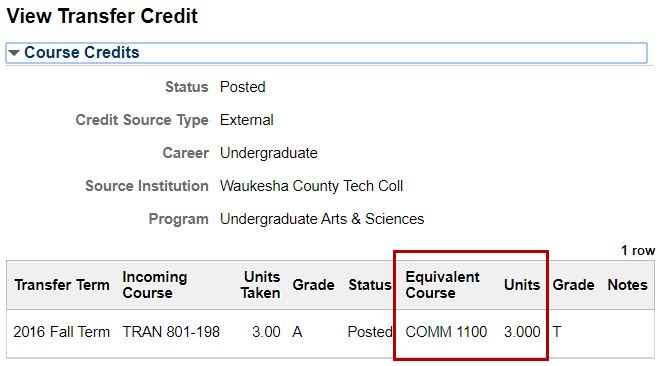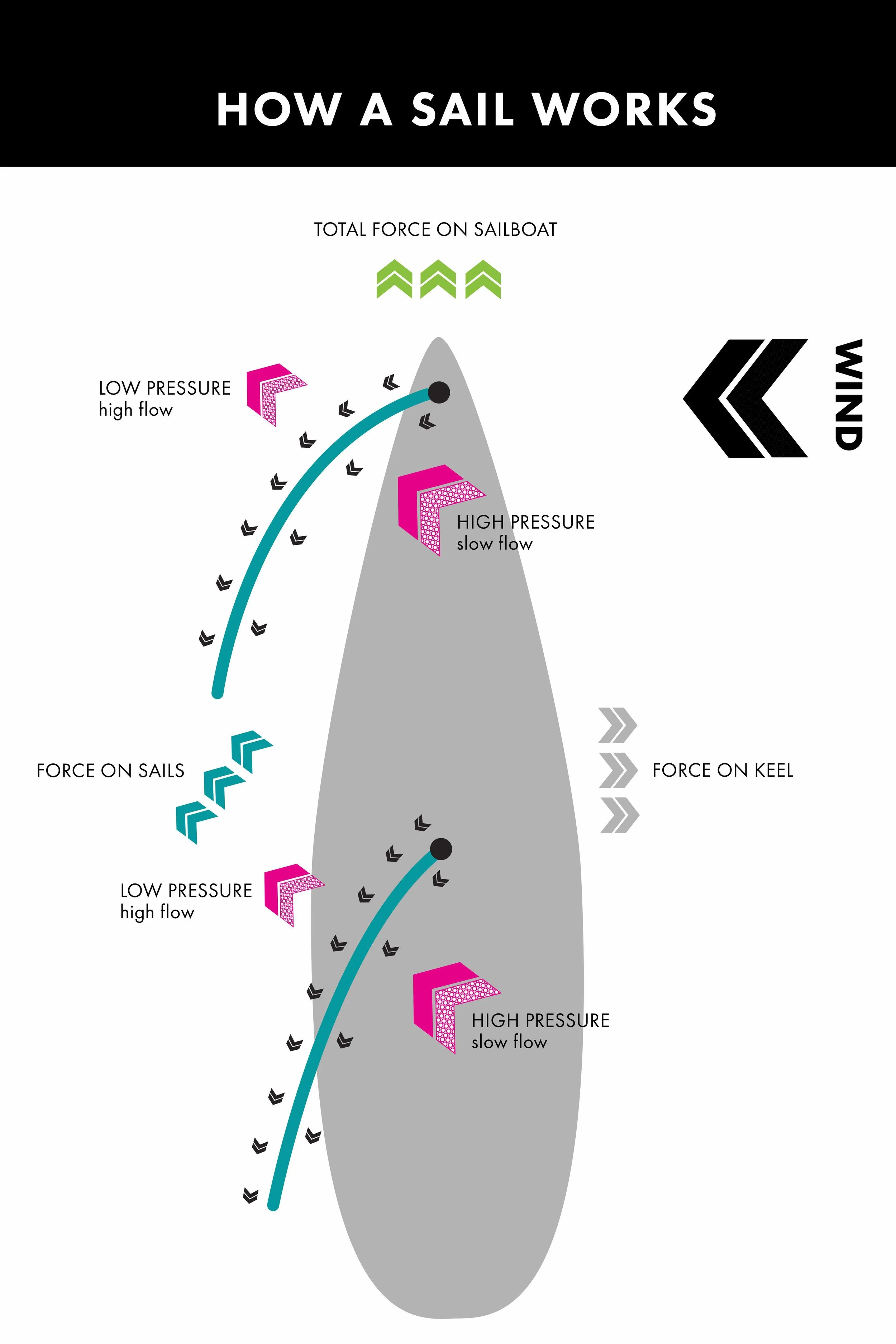Does Full Sail Accept Transfer Credits

The question of transfer credits looms large for prospective students considering Full Sail University. This institution, known for its immersive approach to entertainment and media education, attracts a diverse applicant pool, many of whom have already invested time and money in prior college coursework. Whether or not these credits can be applied towards a Full Sail degree is a critical factor in their decision-making process, influencing both the time and financial commitment required.
At the heart of the matter is Full Sail's transfer credit policy, a nuanced system that considers various factors. This article delves into the specifics of this policy, exploring the criteria for acceptance, the types of credits that are typically considered, and the implications for students hoping to accelerate their path to a Full Sail degree. Understanding this policy is paramount for potential students aiming to leverage their previous academic achievements.
Full Sail's Official Stance on Transfer Credits
According to Full Sail University's official website and admissions materials, they do consider transfer credits. However, the process is not automatic and requires careful evaluation of each applicant's academic history. The university emphasizes that the transferability of credits is contingent upon several key factors, ensuring alignment with Full Sail's unique curriculum and educational objectives.
These factors include the accreditation of the prior institution, the course content, and the grade earned. Simply put, not all credits are created equal in the eyes of Full Sail's admissions committee.
Key Criteria for Transfer Credit Acceptance
The accreditation of the institution where the original coursework was completed is a primary consideration. Full Sail typically favors credits earned from regionally accredited institutions, as these schools adhere to recognized standards of academic rigor.
The content of the course must also align with Full Sail's curriculum. Courses that are deemed equivalent in scope and learning objectives to Full Sail's offerings are more likely to be accepted.
Finally, the grade earned in the previous course matters. A minimum grade, usually a C or higher, is often required for a credit to be considered transferable.
The Transfer Credit Evaluation Process
The evaluation process begins after a student has been accepted to Full Sail. Applicants must submit official transcripts from all previously attended colleges or universities.
The admissions team then reviews these transcripts, comparing the course descriptions and learning outcomes to Full Sail's own course catalog. This process determines whether the prior coursework is equivalent and eligible for transfer credit.
It's important to note that this evaluation can take some time, so prospective students should submit their transcripts as early as possible. This allows ample time for the university to assess their transfer credit eligibility.
Impact on Tuition and Graduation Timeline
The number of transfer credits accepted directly impacts a student's tuition costs and graduation timeline. The more credits a student can transfer, the fewer courses they need to take at Full Sail, resulting in potential savings and a shorter time to degree completion.
However, it's crucial to understand that even with transfer credits, students may still need to complete a significant portion of Full Sail's core curriculum. This ensures they receive the specialized training and hands-on experience that the university is known for.
"Our goal is to provide students with the best possible education in their chosen field," states a Full Sail University admissions representative. "Transfer credits are evaluated to ensure that prior learning aligns with our curriculum and prepares students for success in their careers."
Alternative Perspectives and Considerations
Some students may find the transfer credit process to be more challenging than expected. This can be due to differences in curriculum, accreditation issues, or simply the specific requirements of a particular Full Sail program.
Other students may find the process to be smooth and beneficial, allowing them to accelerate their studies and save on tuition costs. The experience varies depending on the student's prior academic background and the specific program they are pursuing.
It's advisable for prospective students to proactively contact the Full Sail admissions team to discuss their specific situation and receive personalized guidance on transfer credit eligibility. This proactive approach can help manage expectations and ensure a smooth transition.
Looking Ahead: Maximizing Transfer Credit Potential
For students planning to attend Full Sail in the future, careful planning can maximize their transfer credit potential. Choosing accredited institutions and selecting courses that closely align with Full Sail's curriculum are key strategies.
Keeping detailed course descriptions and syllabi can also be helpful during the transfer credit evaluation process. This provides additional information to the admissions team and strengthens the case for transferability.
Ultimately, understanding Full Sail's transfer credit policy and proactively managing the evaluation process is crucial for students seeking to leverage their prior academic investments. By taking these steps, prospective students can potentially save time and money while pursuing their passion in the entertainment and media industries at Full Sail University.
